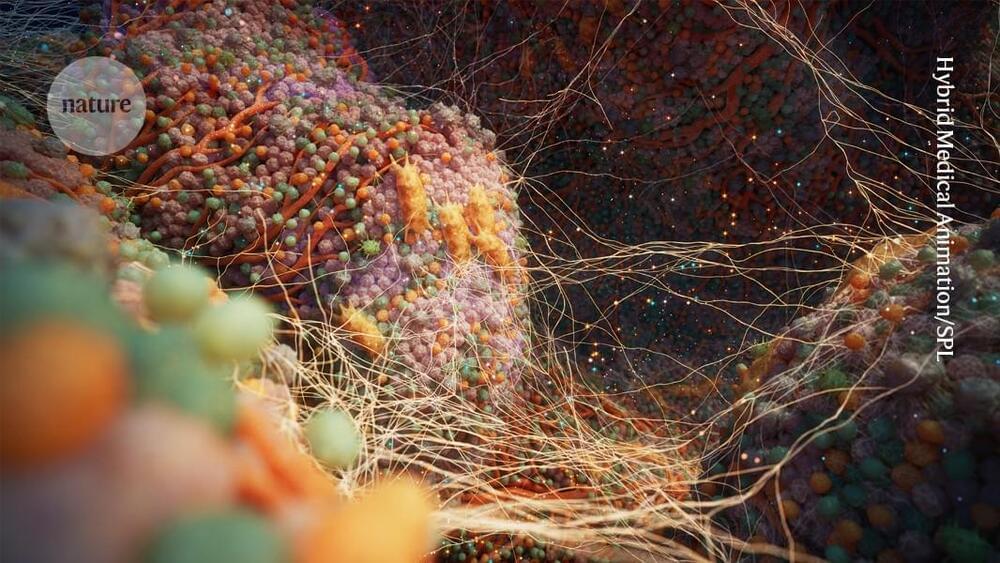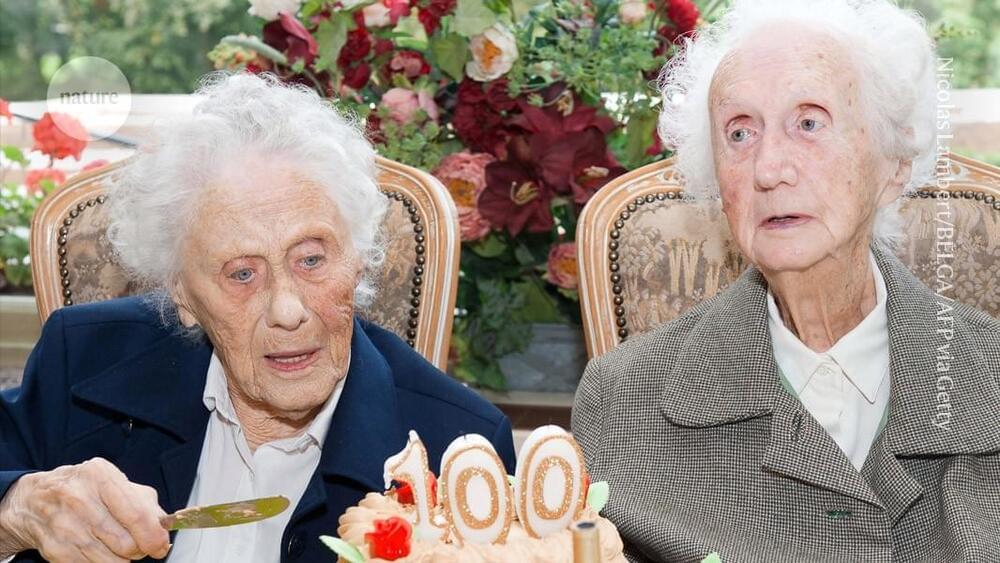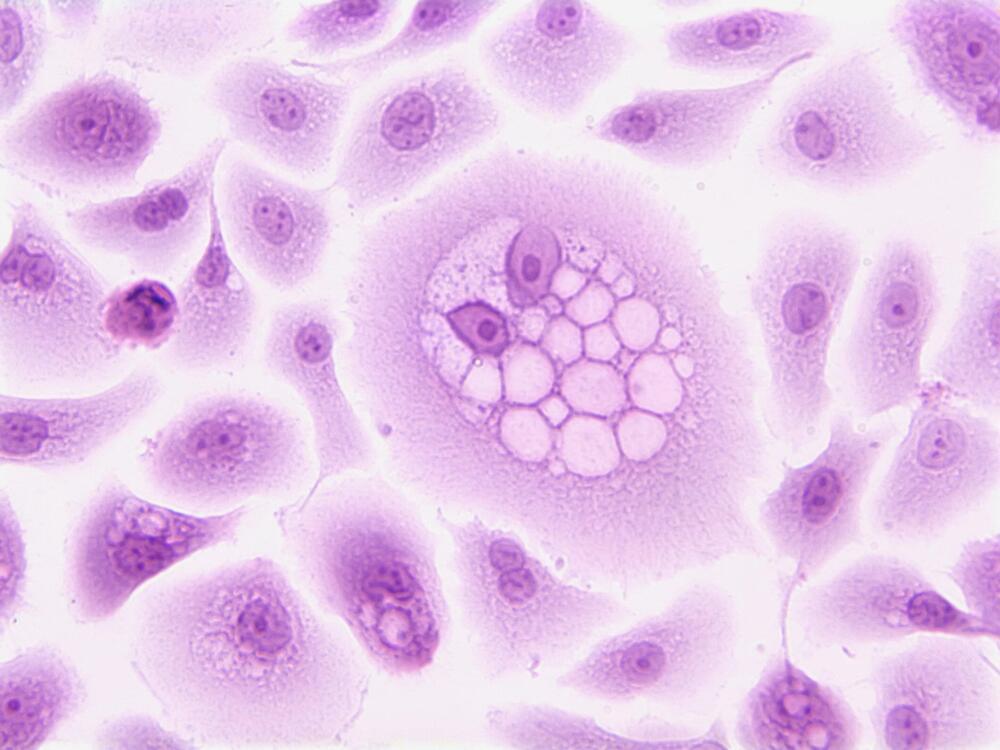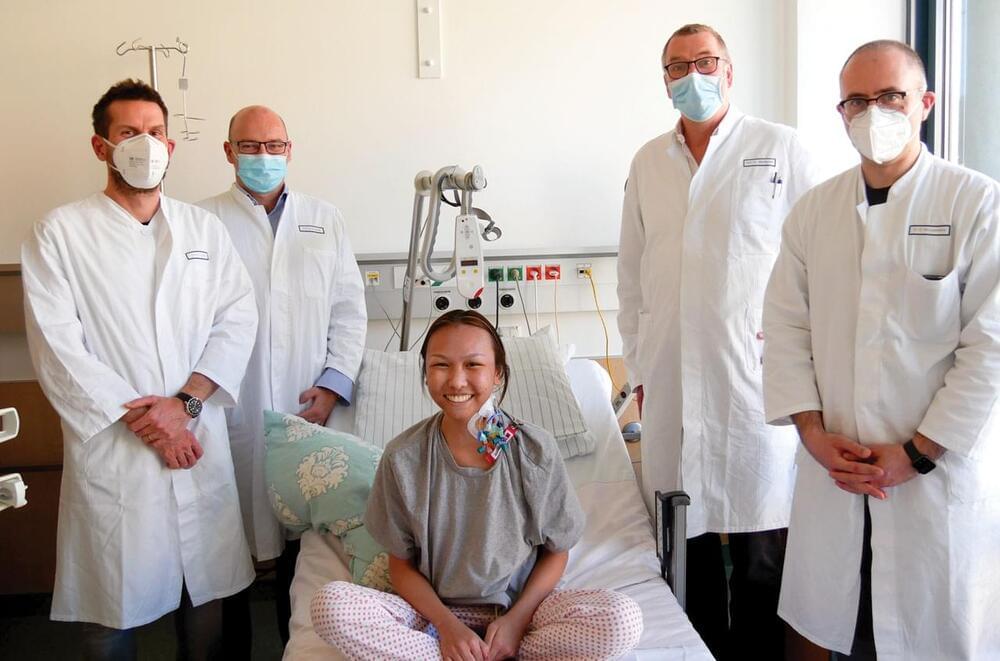Methods for exploring the geography of molecular-scale processes within tissue samples are transforming cancer research, but the toolbox can be daunting.



One of the first warnings came in a paper published in 2021. There was an unexpected rise in pancreatic cancer among young people in the United States from 2000 to 2018. The illness can be untreatable by the time it is discovered, a death sentence.
With publication of that report, by Dr. Srinivas Gaddam, a gastroenterologist at Cedars-Sinai Medical Center, researchers began searching for reasons. Could the increase be caused by obesity? Ultraprocessed foods? Was it toxins in the environment?
Alternatively, a new study published on Monday in The Annals of Internal Medicine suggests, the whole alarm could be misguided.

From the article:
Scientists in Boston, Massachusetts have made reprogrammed stem cells from the blood of centenarians.
Centenarians offer an opportunity to study longevity. People who’ve lived to 100 have an amazing ability to bounce back from insult and injury, says George Murphy, a stem-cell biologist at the Boston University Chobanian & Avedisian School of Medicine. One centenarian he knows recovered from the 1912 Spanish flu and COVID-19, twice. One theory that explains centenarians’ robust age is that they possess a genetic makeup that protects them from diseases.
But testing that idea is a challenge. People of that age are rare, which makes blood and skin samples from them a precious resource for research. That gave Murphy and his colleagues the idea to create a bank of centenarian cells that could be shared among scientists.

Effective immunity hinges on the ability to sense infection and cellular transformation. In humans, there is a specialized molecule on the surface of cells termed MR1 allows sensing of certain small molecule metabolites derived from cellular and microbial sources; however, the breadth of metabolite sensing is unclear.
Published in PNAS, researchers at the Monash University Biomedicine Discovery Institute have identified a form of vitamin B6 bound to MR1 as a means of engaging tumor-reactive immune cells. The work involved an international collaborative team co-led by researchers from the University of Melbourne.
According to Dr. Illing, “Our findings suggest that vitamin B6 molecules displayed by MR1 represent a means for the immune system to detect altered cellular metabolism/metabolite levels, that may distinguish cancer cells,” she said.


The hypertension drug rilmenidine has been shown to slow down aging in worms, an effect that in humans could hypothetically help us live longer and keep us healthier in our latter years.
Previous research has shown rilmenidine mimics the effects of caloric restriction on a cellular level. Reducing available energy while maintaining nutrition within the body has been shown to extend lifespans in several animal models.
Whether this translates to human biology, or is a potential risk to our health, is a topic of ongoing debate. Finding ways to achieve the same benefits without the costs of extreme calorie cutting could lead to new ways to improve health in old age.

Memory, a fundamental aspect of human cognition and consciousness, is multifaceted and extends beyond traditional conceptualizations of mental recall. This review article explores memory through various lenses, including brain-based, body-based, and cellular mechanisms. At its core, memory involves the encoding, storage, and retrieval of information. Advances in neuroscience reveal that synaptic changes and molecular modifications, particularly in the hippocampus, are crucial for memory consolidation. Additionally, body memory, or somatic memory, highlights how sensory experiences and traumatic events are stored and influence behavior, underscoring the role of implicit memory. Multiple studies have demonstrated that memories can be encoded and stored in cells. Evidence suggests that these memories can then be transferred between individuals through organ transplantation.
Long before humans began creating nuclear reactors to fulfill our ridiculous energy needs, back when the Earth was dominated by microbes, in fact, nature beat us to it and built the first nuclear reactor on Earth.
In May 1972, a physicist at a nuclear processing plant in Pierrelatte, France, was conducting analysis on uranium samples when he noticed something pretty strange. In usual uranium ore deposits, three different isotopes are found; uranium 238, uranium 234, and uranium 235. Of these, uranium 238 is the most abundant, while uranium 234 is the rarest. Isotope 235 makes up around 0.72 percent of uranium deposits, and is the most coveted, as if you can enrich it past 3 percent it can be used to create a sustained nuclear reaction.
In the samples from the Oklo deposits in Gabon, Africa, isotope 235 was found to make up 0.717 percent of the total. That might not sound like much of a difference, but it’s pretty weird.

Cold Spring Harbor Laboratory scientists developed an AI algorithm inspired by the genome’s efficiency, achieving remarkable data compression and task performance.
In a sense, each of us begins life ready for action. Many animals perform amazing feats soon after they’re born. Spiders spin webs. Whales swim. But where do these innate abilities come from? Obviously, the brain plays a key role as it contains the trillions of neural connections needed to control complex behaviors.
However, the genome has space for only a small fraction of that information. This paradox has stumped scientists for decades. Now, Cold Spring Harbor Laboratory (CSHL) Professors Anthony Zador and Alexei Koulakov have devised a potential solution using artificial intelligence.

A recent study from the Centre for Genomic Regulation (CRG) in Barcelona reveals that bacteria can adapt their ribosomes when exposed to widely used antibiotics, potentially playing a role in the development of antibiotic resistance. These small changes can modify the drug-binding sites on ribosomes, reducing the effectiveness of antibiotics.
The research focused on Escherichia coli (E. coli), a usually harmless bacterium that can lead to serious infections. The team exposed E. coli to two antibiotics, streptomycin and kasugamycin.